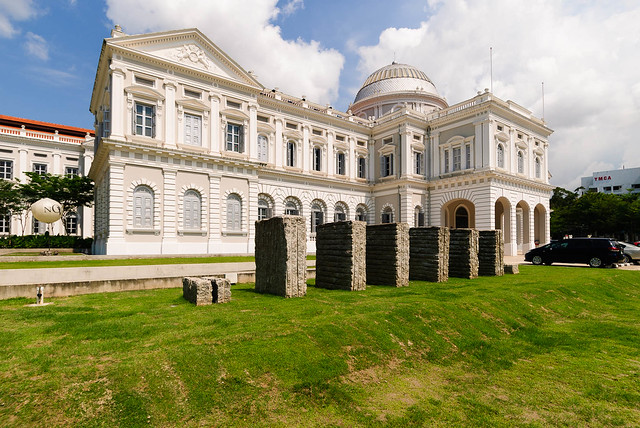
The Jubilee Walk was launched in 2015 to commemorate the 50th anniversary of Singapore’s independence. It features key milestones of our nation-building and is a collaborative effort between the Ministry of Culture, Community and Youth, National Heritage Board, National Parks Board and the Urban Redevelopment Authority.
The full Jubilee Walk is an 8km self-guided walking tour starting from the National Museum of Singapore and ending at Marina Barrage. The National Heritage Board invited several bloggers, myself included for an Jubilee Walk Exclusive Tour last Saturday (30 Jan 2016), covering 5km and ending at the Esplanade Theatres by the Bay.
The tour started at the National Museum of Singapore, where our guide, Marcus Ng, told us about the history of the museum, which was originally known as the Raffles Library and Museum in 1887. The library portion eventually moved to everyone’s favourite red brick building next door, which was sadly demolished in favour of a useless tunnel to save motorists a mere 5 minutes or less, while the museum’s focus has moved from exhibiting zoological collections to showcasing our nation building. Different topical museums were also recently setup, e.g. Asian Civilisations Museum at Empress Place, Peranakan Museum at Armenian Street, the Philatelic Museum nearby etc.
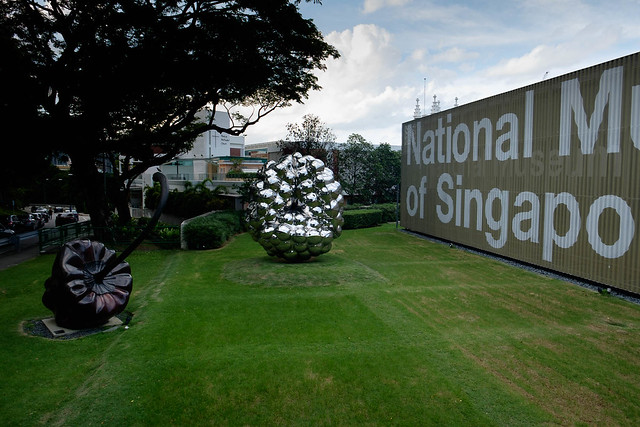
We then move on to Fort Canning Hill just behind the museum. I have not really explored the place beyond the two white gothic gates, cupolas and the gravestones, so I found this section of the tour to be most interesting. The tour takes us to what remains of the fort and gate, the 9-pound cannon, the location of Singapore’s first botanical gardens, as well as a view of the Fort Canning Service Reservoir. You can also see Malaysian comic artist, Lat’s comic depicting the 5 Kings in Singapore and life in the 14th century Singapore.

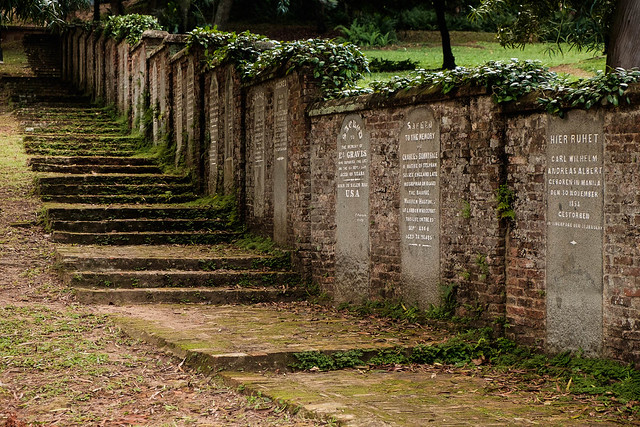
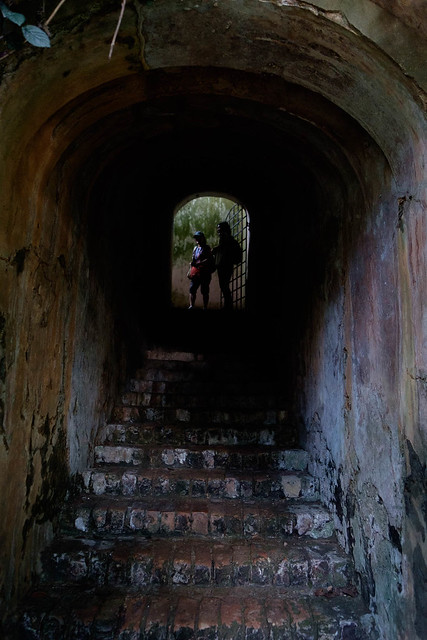
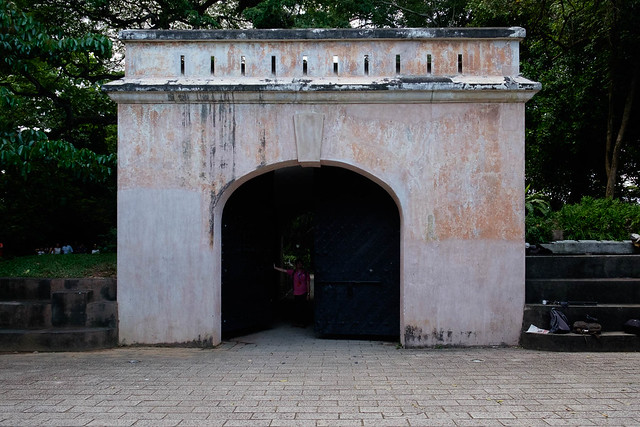
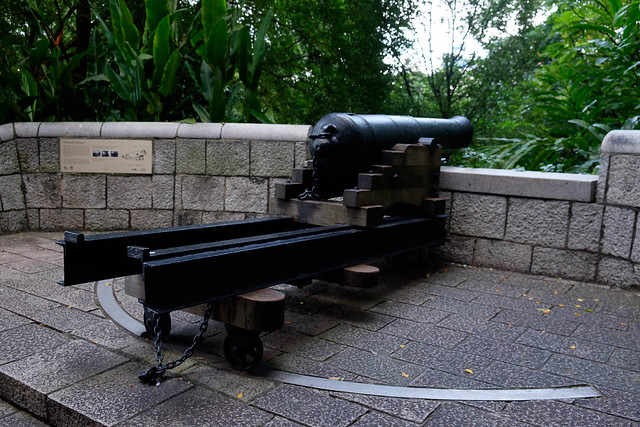

Walking down the hill, we end up at the back of the Armenian Church, Singapore’s oldest Christian Church in Singapore. The location is also near the Hill Street Fire Station, Singapore Philatelic Museum and the National Archives.
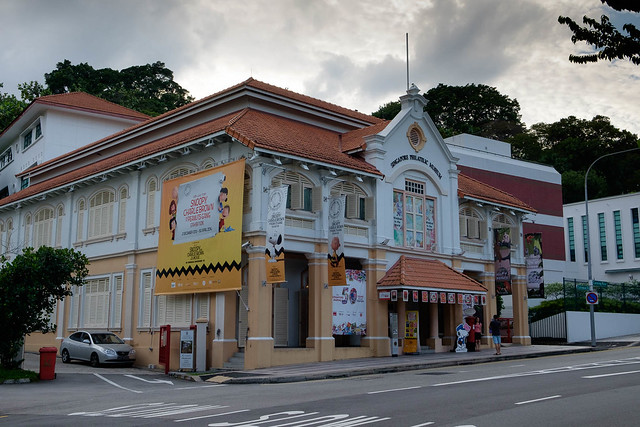
Marcus mentioned that St. Gregory’s Place, along with the shop houses were now merged into the Grand Park City Hall Hotel. I happened to have taken a photo of those shophouses in 1989 and showed it to the participants.

Moving along, we walk past the Hill Street Fire Station, a nice red-brick building built in 1908 and gazetted as a National Monument in 1998. A tour participant shared with us that the area next to the fire station used to be shophouses, before it became a hawker centre and sadly, is now just an empty field.

As we pass the old Hill Street Police Station, which currently houses the Ministry of Communications and Information, Ministry of Culture, Community and Youth, National Arts Council, National Heritage Board and the Media Development Authority.
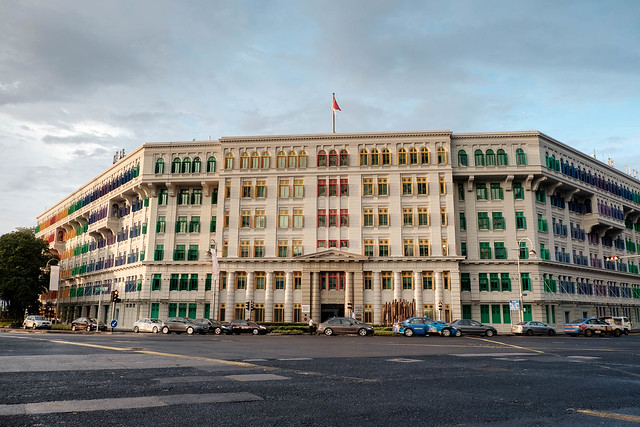
Crossing the road, we stop by Clarke Quay along Singapore River. As we crossed a couple of underpasses to get to Empress Place, Marcus shared with us the history and significance of the river in our nation building, and how the place has transformed since its early days.

Along the way, we pass by the statue of Sir Stamford Raffles, Marcus shared that the other Raffles statue, which was now at the Victoria Concert Hall was originally sited at the Padang. That move also evicted the elephant statue gifted to us by the Thai King Chulalongkorn (Rama V) to commemorate his 1871 visit to its current location at the Old Parliament House.
The walk was supposed to continue to the Esplanade, but due to time constraints, we had to end at Empress Place, outside the Asian Civilisations Musuem. For more information, check out NHB’s website for the Jubilee Walk and the Jubilee Walk Exclusive Tour.